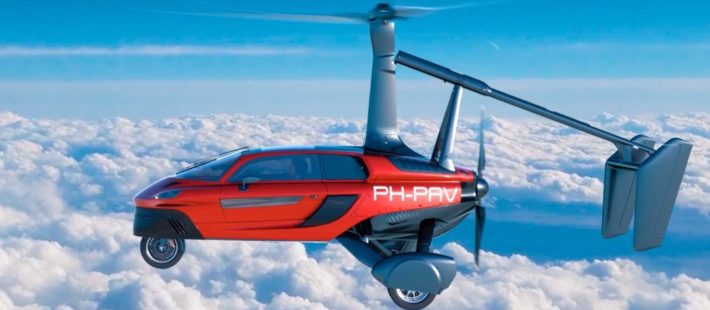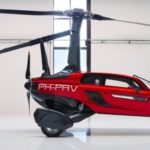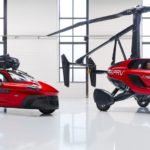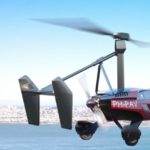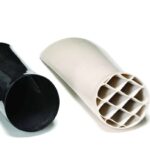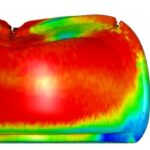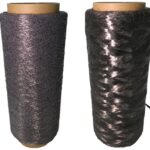Discoveries in technology and engineering have led the Netherlands to be recognized and accredited all over the world. Today they can boast an important production: a groundbreaking flying car. The PAL-V Liberty is in fact a completely innovative product that inaugurates the era of the flying car.
It is designed in order to satisfy the most demanding customers meeting all safety standards and fun.
The Liberty is the result of several tests
The first tests on prototype flying cars were carried out in 2012. This experimentation process allowed the company to design its first car now on the market: the Liberty. The flying car recently passed the European road admission tests. It has in fact passed all the driving tests required by the program on test tracks. The final prototype proved its performance in:
- high-speed ovals
- braking and emissions tests
- noise pollution
Not only. The PAL-V Liberty model has also passed the aeronautical certification with EASA (European Aviation Safety Agency).
The PAL-V Liberty is therefore authorized to drive on European roads with a license plate.
Italian design and high-end materials
The project was carried out in collaboration with Italian design studios. The choice fell on a country like Italy that has always stood out for its elegant and sophisticated designs. PAL-V had set itself the goal of making the aesthetic shape perfect. For this reason, the most beautiful shapes and colors were chosen.
The PAL-V’s hybrid composite chassis is made of carbon fiber body composites which work in tandem with air-hardened, heat-treated steel tubing.
What Mike Stekelenburg, chief technology officer di PAL-V., said
“For me, the trick in successfully making flying car (sic) is to ensure that the design complies with both air and road regulations. I feel the energy and motivation in our team to push hard for the last few milestones and get the Liberty certified for flying too”
Technical specifications
PAL-V aims for excellence. The PAL-V Liberty has 2 seats with an MTOW (Maximum Take-Off Weight) of 910 kg.
On the ground
- Max Speed: 160 km/hour
- Engine power: 100 hp.
In the air
- Max Speed: 180 km/hour
- Engine power: 200 hp
- Maximum operating altitude: 3500 m
If you want to stay updated on news, technologies and activities, subscribe to Compositi Newsletter
Source: ACMA


